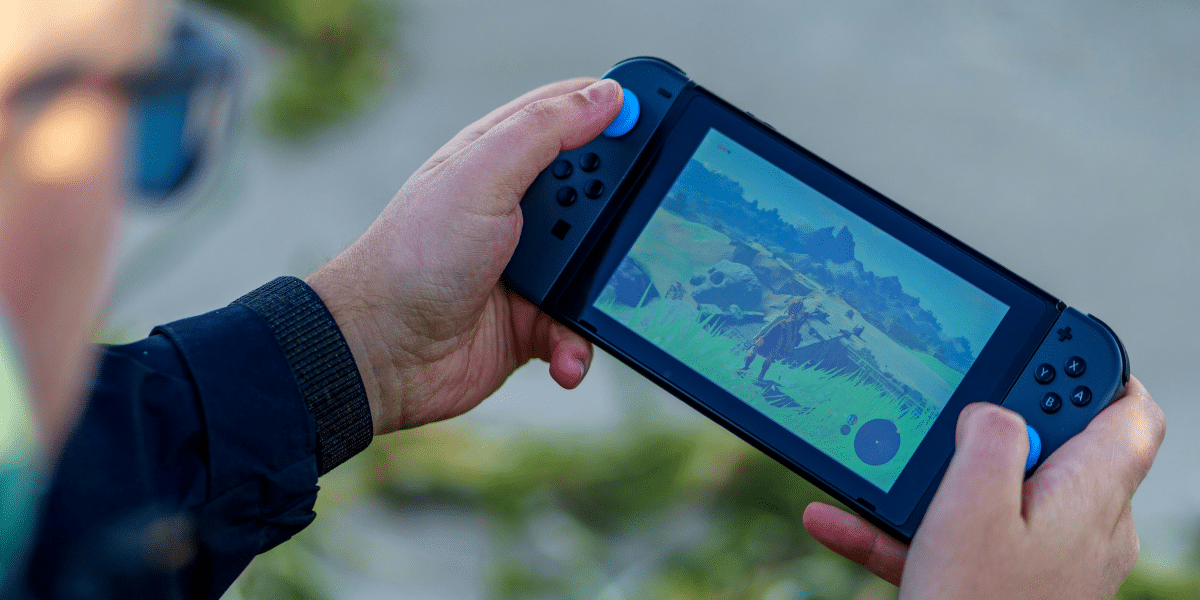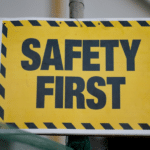Competitive gel blaster games are becoming a popular way to experience the thrill of tactical warfare in a safe, adrenaline-fueled environment. These games combine the intensity of team strategy with realistic gameplay, offering players an immersive experience that’s part physical sport, part strategic challenge. Here’s an in-depth look at the world of competitive gel blaster gaming, from its appeal and rules to the types of gear you’ll need to get started.
Why Gel Blaster Games Are Great for Competitive Play
At its core, a competitive gel blaster game is a team-based sport where players use gel blaster guns to engage in realistic combat scenarios. Gel blasters shoot water-based gel balls that burst on impact, making them safe, environmentally friendly, and virtually mess-free. The main appeal of competitive gel blaster games lies in their tactical depth and physical engagement.
Here are just a few reasons why players are drawn to this exciting sport:
Tactical Engagement: Gel blaster games require strategic thinking, team coordination, and on-the-fly decision-making. Players must work together to complete objectives, control territory, or eliminate opponents, often relying on quick reflexes and teamwork to succeed.
Realistic Simulation: Unlike traditional paintball or laser tag, gel blaster games simulate real combat more accurately. Many gel blaster guns are modeled after actual firearms, providing a realistic look and feel. This element of realism adds to the excitement and immersion, making each match feel like an authentic battlefield experience.
Eco-Friendly and Safe: Gel balls are made from non-toxic materials that dissolve upon impact, leaving minimal mess and making cleanup a breeze. Since gel blasters are generally lower-impact than paintball guns, they are also safer and more accessible to a wider range of ages and skill levels.
Understanding the Basics: Rules and Game Types
Competitive gel blaster games can take place in various environments and follow different formats, from structured tournaments to casual weekend matches. Here’s a breakdown of some common rules and game types.
Basic Rules for Safety and Fair Play
Protective Gear: All players must wear eye protection, such as safety goggles, to prevent injury from close-range shots. Additional protective clothing is recommended, especially for high-intensity games.
No Physical Contact: Physical contact is generally discouraged, as the focus is on simulated combat, not actual confrontation.
Honor System: Since gel balls dissolve on impact and do not leave a lasting mark, players are expected to follow an honor system, calling themselves out when hit.
Range and FPS Limits: Some fields enforce limits on gel blasters’ range or FPS (feet per second) power to ensure safety and fairness.
Popular Game Modes in Gel Blaster Competitions
Competitive gel blaster games often follow structured formats that dictate team objectives and victory conditions. Some of the most popular game types include:
Team Deathmatch (TDM): Two teams battle to eliminate as many opponents as possible within a set time. The team with the most remaining players or eliminations wins. TDM is an ideal format for fast-paced, high-action games.
Capture the Flag: In this classic mode, each team attempts to capture the opposing team’s flag and bring it back to their own base. It requires a balance of offense, defense, and team coordination.
Domination: Teams compete to control specific areas on the field, usually marked by flags or beacons. Points are awarded based on how long each team holds a control point, making it a game of strategy and endurance.
Search and Destroy: One team aims to plant a “bomb” (a prop) in a designated area, while the other team must defend against it. This game mode requires careful planning, as teams only get one life per round, adding intensity to every move.
Free-for-All (FFA): Every player competes individually, aiming to eliminate as many opponents as possible. This mode is common in less formal settings and is excellent for honing individual skills.
Each game type adds a unique layer of strategy, requiring players to adopt different roles, whether as snipers, close-range attackers, or defensive supports, depending on the game’s objectives.
Essential Equipment for Competitive Gel Blaster Games
To fully participate in competitive gel blaster games, players need specific equipment, from gel blasters themselves to safety gear and optional tactical accessories. Here’s a rundown of what you’ll need.
Gel Blaster Guns
Gel blasters come in various styles, including pistols, rifles, and sniper models. The choice of blaster can impact your playstyle and effectiveness in certain roles. For example:
Pistols and SMGs (Submachine Guns): Ideal for fast-paced, close-quarters combat where maneuverability is key.
Rifles and Assault Models: Offer a balance of range and accuracy, making them versatile choices for most game types.
Sniper Blasters: Provide extended range and precision, suitable for long-range engagements in objective-based games.
You can view more high-quality equipment at m416gelblasters.com.
Protective Gear
Protective equipment is crucial in any competitive setting. Standard protective gear includes:
Safety Goggles: These are essential to protect the eyes, especially in high-FPS matches.
Face Masks and Gloves: For additional protection, especially in fast-paced or close-range games.
Protective Clothing: Many players wear long sleeves, gloves, and tactical vests to reduce the sting of gel balls and carry extra gear.
Accessories and Upgrades
Some players choose to upgrade or customize their gel blasters for enhanced performance. Common upgrades and accessories include:
Extended Magazines: For longer rounds without reloading, allowing players to stay in the action longer.
Hop-Up Systems: These increase the range and accuracy by adding spin to each shot, making them particularly useful for sniper or long-range players.
Battery Upgrades: High-voltage batteries can improve the rate of fire and response time, giving players an edge in fast-paced games.
Strategies for Success in Competitive Gel Blaster Games
Whether you’re a beginner or an experienced player, mastering a few core strategies can enhance your performance on the field.
Team Communication: Communication with teammates is essential in most game types, especially TDM and Capture the Flag. Use hand signals or brief callouts to relay enemy locations, plan tactics, and avoid confusion.
Adapt to Your Role: In objective-based games, each team member should focus on their designated role. Players with short-range blasters can engage in frontline action, while those with sniper blasters provide cover from a distance.
Move Tactically: Staying mobile while using available cover can give you a strategic advantage. Avoid standing in open spaces, and use natural or artificial cover to evade shots and surprise opponents.
Conserve Ammo: Running out of gel balls at a crucial moment can be frustrating. Consider using single or burst-fire modes to conserve ammo when accuracy is more important than speed.
Stay Aware of Objectives: In games where points or objectives determine the winner, prioritize these goals over eliminating opponents. In Domination or Capture the Flag, holding the point or capturing the flag leads to victory.
The Excitement Awaits
Competitive gel blaster games offer an immersive, action-packed experience that combines the thrill of tactical combat with physical fitness and teamwork. Whether you’re interested in joining organized events or gathering with friends for casual games, gel blaster competitions provide a fantastic way to engage in outdoor fun and develop strategic skills. With the right gear, a basic understanding of gameplay, and a focus on teamwork, you’ll be ready to dive into gel blaster gaming and make each match an unforgettable adventure.
Published by: Martin De Juan



















